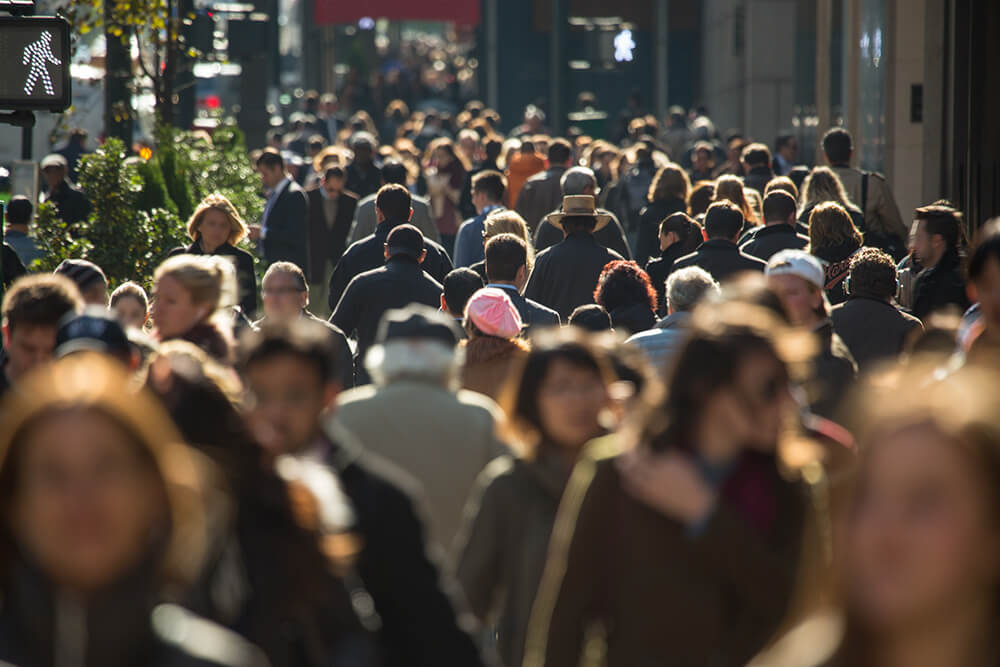Feeding a growing world population
With the increasing world population, the demand for proteins increases too. Imagine it this way: High quality proteins are vital nutritional ingredient of humans. A major source of these proteins is meat and fish. But animals also need proteins to thrive. The protein gap arises when due to environmental pollution and production conditions there’s not enough protein available to feed the animals, meaning there won’t be enough protein for human consumption either. Mostly, because the industrialized nations and emerging markets consume a constantly increasing amount of meat and fish.
Overfishing is not the only problem
The challenge is particularly evident in fish farming today. Fish from aquaculture is fed mainly with fodder based on fishmeal. There already isn’t enough fish available to meet the demand for fish meal. It has been tried to substitute it by vegetable proteins from soy, but the results lead to significantly lower fish quality in terms of taste and nutrients contained – particularly concerning Omega 3 fatty acids.
High-quality proteins from algae
Botres biorefineries produce quality proteins for animal feed from the fermentation residue of biogas plants, using organic waste and food waste. In a pilot plant, which is funded by Austrian FFG (project RERA per), obtained from 2017, proteins are produced from heterotrophic algae. It’s an excellent natural substitute for fishmeal and leads to better quality and a higher nutrient content of the fish compared to other plant based substitutes.
